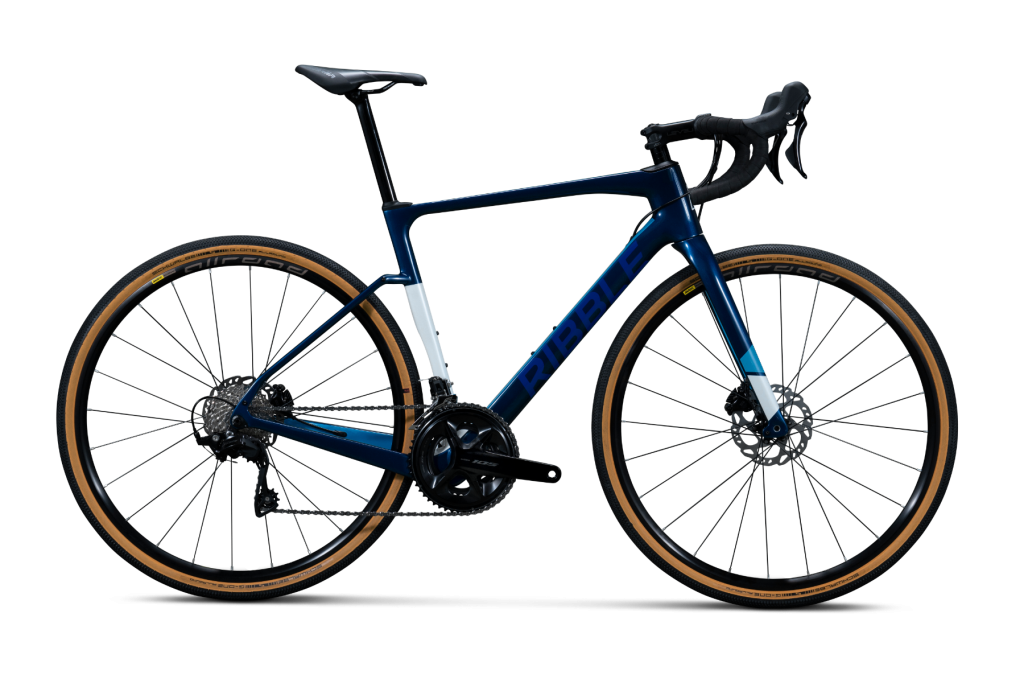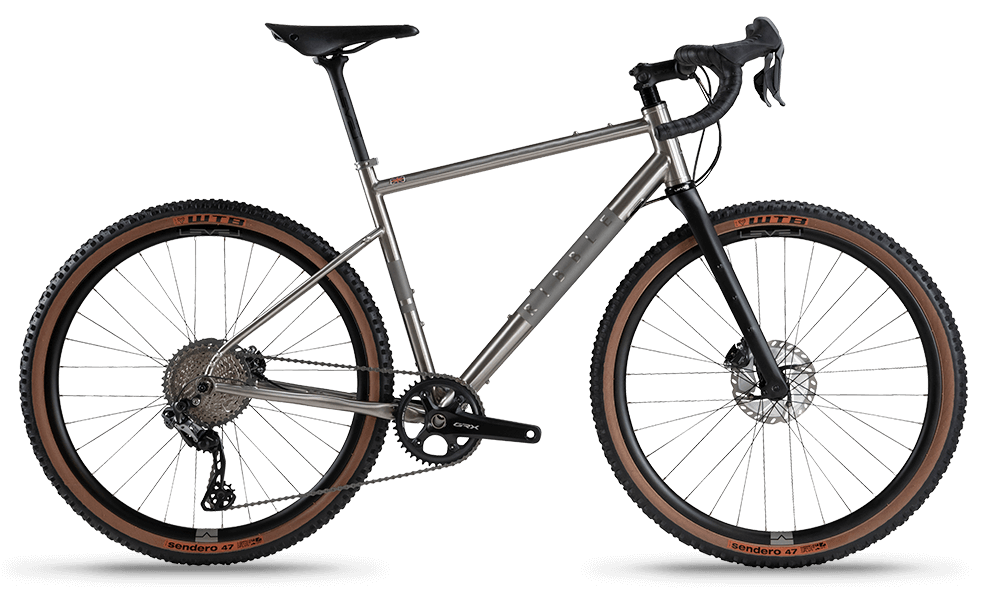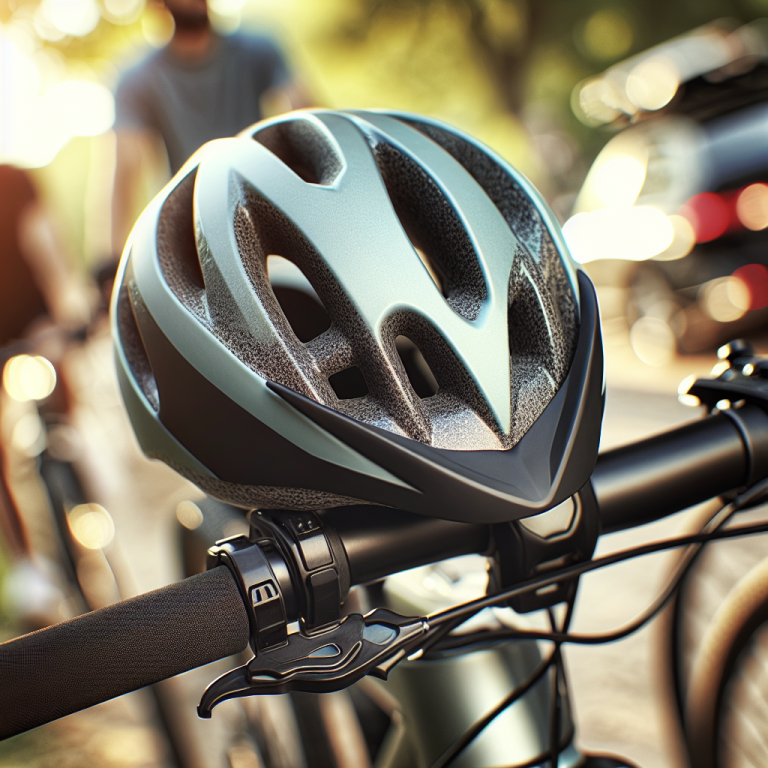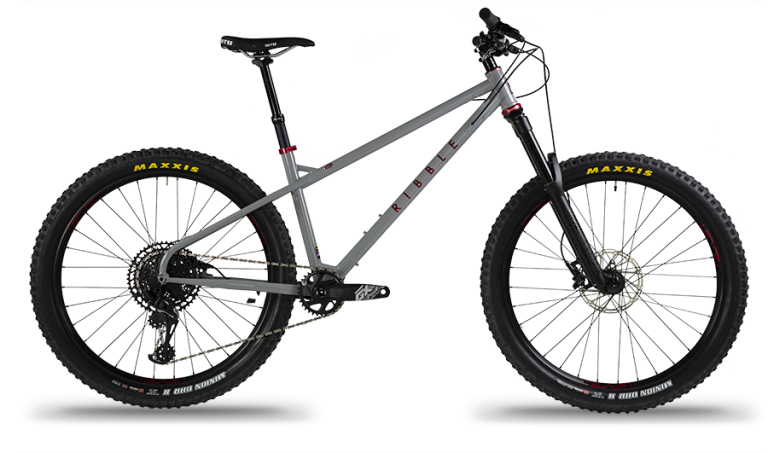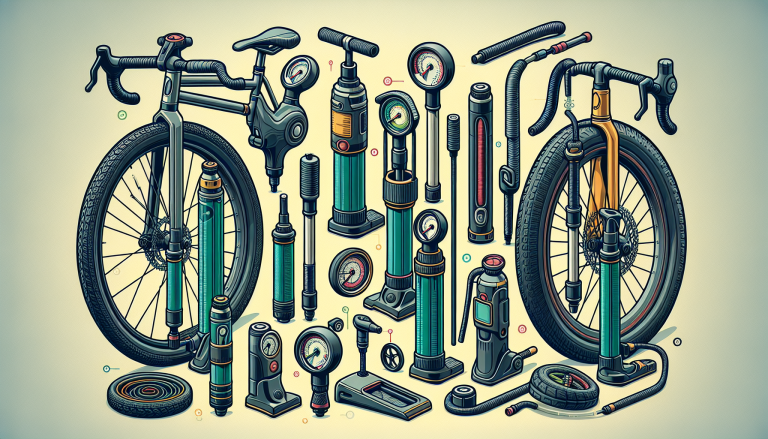Have you ever wondered what exactly a gravel bike is? Well, wonder no more! In this article, we will explore the world of gravel bikes and uncover the secrets behind this versatile and exciting cycling phenomenon. Whether you’re a casual rider looking to explore off-road trails or a seasoned cyclist seeking a new challenge, understanding what a gravel bike is and why it’s gaining popularity in the biking community will surely pique your interest. So, let’s hop on our virtual bikes and embark on an enlightening journey to discover the wonders of gravel biking! A gravel bike is a type of bicycle designed to handle a variety of terrains, making it perfect for riders who enjoy exploring adventurous routes. It is a versatile and increasingly popular option in the cycling world, combining elements from road bikes, cyclocross bikes, and mountain bikes to create a unique riding experience. Whether you’re cruising on pavement, tackling gravel roads, or venturing onto more challenging off-road trails, a gravel bike can provide the comfort, control, and durability you need.
Table of Contents
ToggleDefinition of a Gravel Bike
A gravel bike, also known as an adventure bike or all-road bike, is a versatile and durable bicycle designed specifically for riding on a mix of surfaces including gravel roads, dirt paths, and even singletrack trails. It typically features a combination of road bike and mountain bike characteristics, offering the rider a comfortable and efficient riding position, wider tires for improved traction and stability, and a sturdy frame capable of handling rough terrains.
Gravel Bike Features
- Design and Components: Gravel bikes often have a more relaxed geometry compared to road bikes, providing a more upright and stable riding position. They also have a longer wheelbase and lower bottom bracket for added stability and control.
- Frame: Gravel bike frames are usually made of lightweight materials such as aluminum, carbon fiber, or titanium, offering a balance between weight savings and durability. The frames are designed to accommodate wider tires and have clearance for mudguards and racks.
- Geometry: The geometry of a gravel bike is slightly different from that of a road bike. It typically has a slacker head tube angle and longer chainstays, resulting in more stability and better handling on rougher terrains.
- Tyre Clearance: Gravel bikes are designed to accommodate wider tyres, usually ranging from 35mm to 45mm or even more. This wider tyre clearance allows for increased traction, better shock absorption, and improved performance on a variety of surfaces.
- Handlebars: Gravel bikes commonly feature drop handlebars, similar to those found on road bikes. However, some models may also have flared drop bars that offer a wider hand position for greater control during off-road descents.
- Gearing: Gravel bikes often come equipped with a wide range of gears to tackle both hilly terrain and off-road paths. They typically feature compact or sub-compact chainrings paired with a wide-ranging cassette to provide a good balance of climbing ability and high-speed options.
- Brakes: Gravel bikes can be equipped with either mechanical or hydraulic disc brakes, which offer excellent stopping power and reliable performance in all weather conditions. Disc brakes also allow for the use of wider tires and fenders without compromising braking performance.
- Weight: While gravel bikes tend to be slightly heavier than road bikes due to their added durability and wider tire clearance, advancements in frame materials and components have made them significantly lighter and more efficient in recent years.
Gravel Bike vs. Road Bike
Although similar in appearance, gravel bikes and road bikes differ in several key aspects. Road bikes are built for speed and efficiency on paved roads, with a focus on lightweight frames, aerodynamics, and smooth tires for minimal rolling resistance. On the other hand, gravel bikes prioritize versatility and comfort, with wider tires for improved stability and traction, durable frames to withstand rough surfaces, and a more relaxed riding position for long-distance comfort. Gravel bikes also often feature additional mounts for racks and fenders, allowing riders to carry gear and tackle different types of terrain.
Gravel Bike vs. Cyclocross Bike
While gravel bikes and cyclocross bikes share some similarities, they serve different purposes. Cyclocross bikes are designed specifically for racing in off-road conditions, including muddy terrain, steep hills, and obstacles. They feature a stiffer frame, narrower tire clearance, and more aggressive geometry for quick handling and efficient power transfer. Gravel bikes, on the other hand, are geared towards a broader range of riding, including long-distance touring, bikepacking, and gravel racing. They provide a more comfortable and forgiving ride, with wider tyre clearance and more stable handling for all-day adventures.
Gravel Bike vs. Mountain Bike
Gravel bikes and mountain bikes differ greatly in their intended use and design. Mountain bikes are built for aggressive off-road riding, featuring rugged frames, suspension systems, and wide knobby tires optimized for trails and technical descents. Gravel bikes, on the other hand, are designed for covering long distances on a variety of terrains, including gravel roads, paved surfaces, and light off-road trails. They have a more efficient riding position, narrower tires with less aggressive tread patterns, and a focus on speed and versatility rather than extreme off-road capabilities.
Benefits of Owning a Gravel Bike
Owning a gravel bike opens up a world of possibilities for cycling enthusiasts. Here are some of the key benefits:
- Versatility: A gravel bike allows you to explore a wide range of terrains, from smooth roads to challenging gravel paths and forest trails. It gives you the freedom to choose your adventure and tackle different types of riding without needing multiple bikes.
- Off-Road Capability: With wider tires and a more durable frame, gravel bikes can handle off-road conditions with ease. Whether you’re cruising through a dirt trail or crossing a muddy patch, a gravel bike provides the grip and stability you need to confidently navigate different surfaces.
- Comfort: The more relaxed geometry and wider tires of a gravel bike offer a comfortable and stable ride, even on longer journeys. The upright riding position reduces strain on your back, neck, and shoulders, allowing you to enjoy the scenery and stay in the saddle for hours.
- Exploration and Adventure: Gravel bikes are perfect for those who love to explore new places and venture off the beaten path. With a gravel bike, you can discover hidden gems and scenic routes that are inaccessible to road bikes, adding an element of excitement and adventure to your cycling experience.
- Compatibility with Various Terrains: Gravel bikes are designed to handle a wide variety of terrains, including gravel, dirt, mud, and even snow. This versatility enables you to adapt to changing conditions and explore different landscapes without limitations.
Gravel Bike Accessories
To enhance your gravel biking experience, there are various accessories available to improve comfort, functionality, and safety. Here are some essential accessories to consider:
- Tyres and Tyre Accessories: Depending on the terrain you plan to ride, having a selection of different tyre options can greatly enhance your gravel biking experience. From fast-rolling slick tyres for smooth surfaces to knobby, puncture-resistant tyres for off-road adventures, matching the right tyre to the terrain can significantly optimize your performance.
- Bags and Panniers: Gravel bikepacking and touring enthusiasts often opt for frame bags, saddlebags, and handlebar bags to carry their gear and supplies. These bikepacking-specific bags are designed to fit securely on gravel bike frames and provide ample storage space without affecting the bike’s handling.
- Tools and Maintenance: Carrying a small toolkit with essential repair items such as tire levers, spare tubes, multitools, and a portable bike pump is crucial for any cyclist, especially when riding in remote areas or on long-distance gravel adventures.
- Lighting: Adding front and rear lights to your gravel bike is essential for safety, particularly if you plan to ride during low-light conditions or at night. Moreover, having lights can also enhance visibility and make you more noticeable to other road users.
Final Thoughts
Gravel biking offers a unique and exhilarating experience for cyclists of all levels. Whether you’re a seasoned rider looking for a new challenge or a beginner seeking a versatile and comfortable bike to explore diverse terrains, a gravel bike may be the perfect fit for you. With its combination of road bike efficiency, mountain bike durability, and off-road capabilities, a gravel bike opens up a world of possibilities for adventure, exploration, and endless fun on two wheels. So grab your gravel bike, hit the trails, and let the exploration begin!

